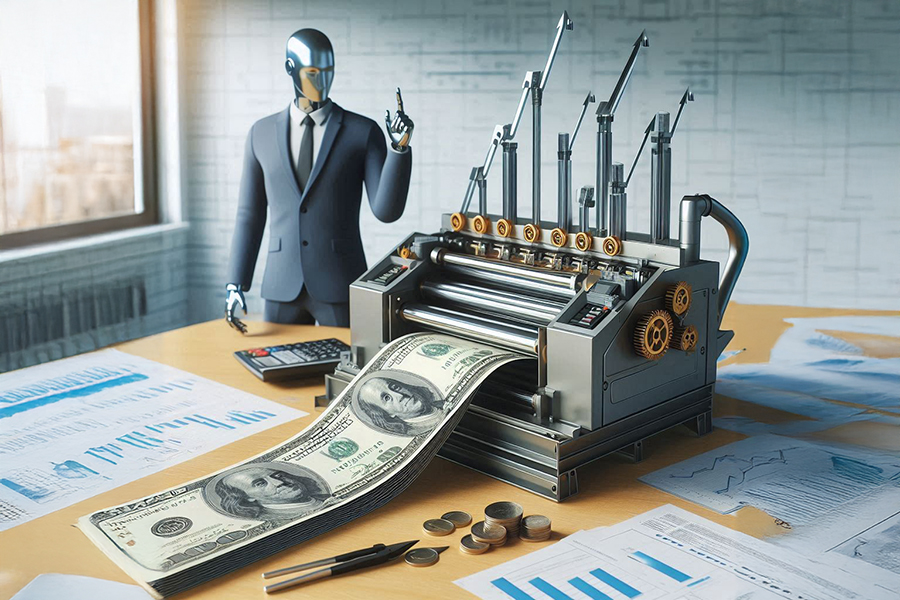Roll forming machines play an important role in the process of converting metal sheets into desired profiles and shapes. These machines provide significant advantages to businesses by increasing efficiency in the production of profiles used in various industries. We can evaluate the return of the roll forming machine business in three different time frames: short, medium and long term.
Return in the Short Term
In the short term, the roll forming machine business focuses on covering the initial investment costs. This period usually ranges from 6 months to 1 year and includes optimizing the operational processes of the business, staff training, and efforts to gain market share.
- Initial Investments: Purchase of roll forming machine and necessary equipment, installation and training costs.
- Productivity Increase: Increasing production speed and quality with the automation of production processes.
- Market Share: Expanding the customer portfolio and realizing the first sales.
- Cost Control: Reducing operational costs and minimizing production losses.
Return in the Medium Term
In the medium term, the business stabilizes and focuses on sustainable growth. This period usually ranges from 1 year to 3 years and involves the business building a larger customer base, increasing product variety, and gaining a competitive advantage.
- Customer Loyalty: Increasing customer satisfaction and loyalty by providing quality products and services.
- Product Development: Product development activities that can respond to new profile types and special production demands.
- Revenue Growth: Continuous increase in revenues with increasing production capacity and new customers.
- Productivity Optimization: Increasing efficiency and profitability through continuous improvement processes.
Long-Term Return
In the long run, the roll forming machine business takes significant steps towards becoming an industry leader. This period usually covers 3 years and beyond and includes the business adapting to innovative technologies, opening up to global markets and developing sustainability strategies.
- Industry Leadership: Becoming a recognized brand in the industry with innovative production techniques and high-quality products.
- Global Markets: Increasing export opportunities by opening up to international markets.
- Sustainability: Ensuring long-term growth with environmentally friendly production processes and sustainability strategies.
- Technological Innovation: Maintaining competitive advantage through integration with new technologies and R&D activities.
